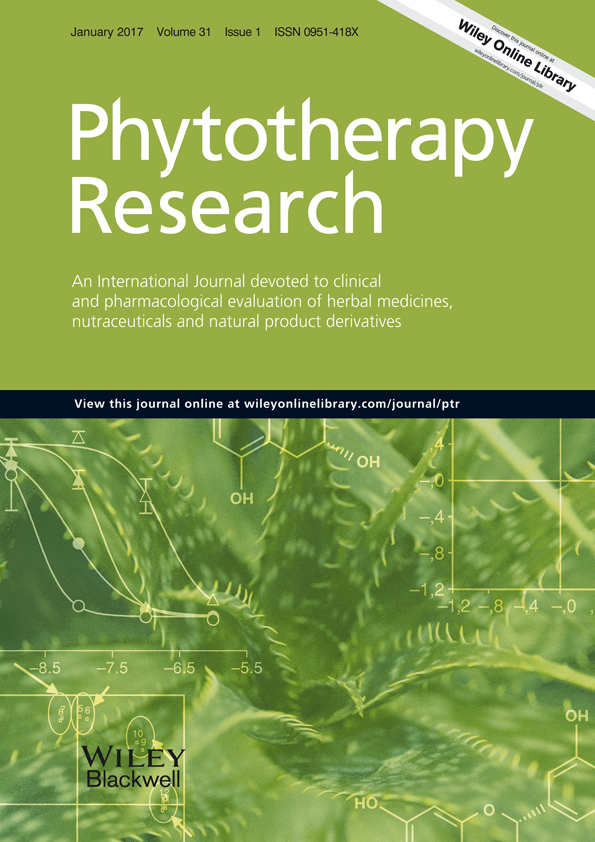Triterpenoids-Enriched Extract from the Aerial Parts of Salvia miltiorrhiza Regulates Macrophage Polarization and Ameliorates Insulin Resistance in High-Fat Fed Mice
Abstract
Adipose tissue inflammation and macrophage polarization are tightly associated with the development of obesity-associated insulin resistance. Our previous studies have demonstrated the triterpenoids-enriched extract from the aerial parts of Salvia miltiorrhiza (TTE) could significantly improve atherosclerosis in LDLR−/− mice. However, its molecular mechanisms of TTE ameliorating insulin resistance remain unclear. In the present study, obesity model with insulin resistance induced by feeding high-fat diet (HFD) was established. Dietary TTE attenuated hyperlipidemia, improved glucose intolerance in mice and mediated the activation of IRS-1/PI3K/Akt insulin signaling pathway. Meanwhile, dietary TTE also attenuated macrophage infiltrations into adipose tissue and modified the phenotype ratio of M1/M2 macrophages. Furthermore, our results showed that TTE regulated the polarization of macrophages partly via adenosine monophosphate-activated kinase (AMPK). Taken together, these findings suggested that TTE has a potential clinical utility in improving insulin resistance. Its mechanisms might be contributed to its beneficial effects on macrophage polarization via AMPK. Copyright © 2016 John Wiley & Sons, Ltd.




